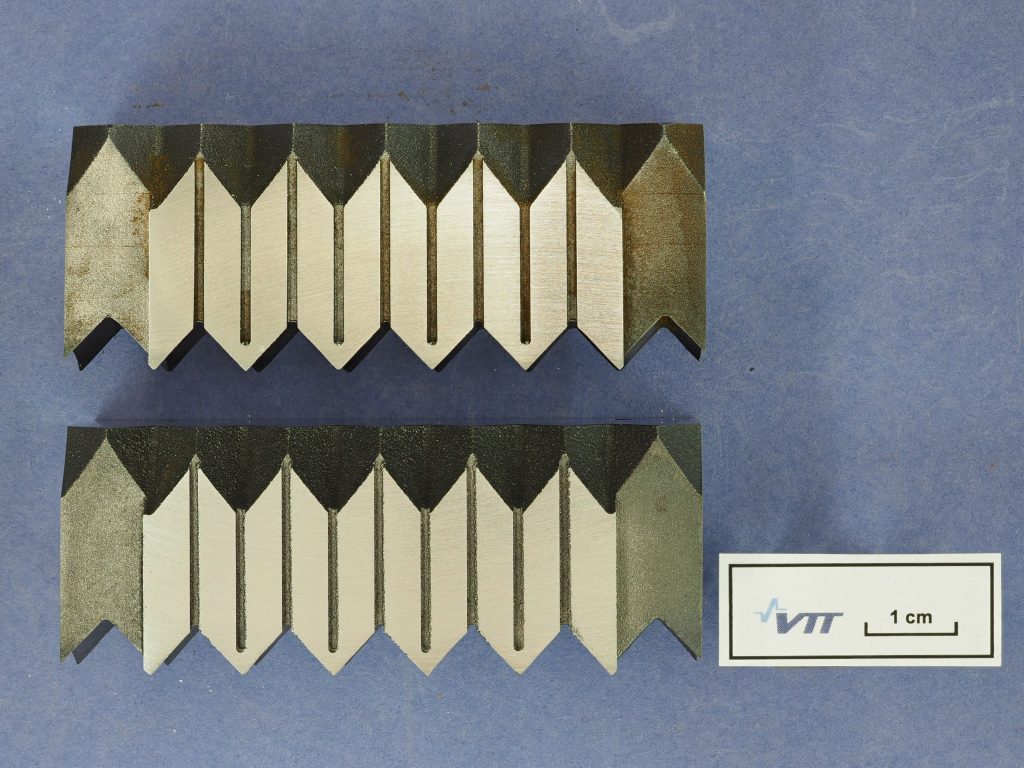The VTT Technical Research Centre of Finland, a technological research organisation serving both the public and private sector, has completed research on the advantages of digitalising and 3D printing spare parts.
The findings of the research, suggests that digitalisation could create a “competitive advantage” for businesses. The reasons given include increased availability, cost savings, customisation and “part intelligence.” The study was undertaken together with Aalto University (behind 3D printing food vending machines) and funded by Tekes’ Industrial Internet programme.
Replacing pare part warehouses
Spare parts are traditionally stored in warehouses and maintaining these vast physical locations is costly. Furthermore, sourcing the appropriate spare parts is time consuming. 3D printing, however, has advanced to such an extent that these spare parts can now be produced on demand instead of gathering dust in warehouses waiting to be used.
“Industry now has every opportunity to boost business by making spare parts into a focus area of development. Around five percent of parts can currently be manufactured digitally, according to need, notes VTT project manager Sini Metsä-Kortelainen. “3D printing technology has reached the stage where high-quality manufacturing is possible.”
The study found that extremely old or rarely needed parts are especially suitable for digitalisation and 3D printing, owing to high value but low demand. Warehousing such spare parts is not viable.

The challenge of digitalisation
“Capital is released for more productive use when stock decreases. Demand-based manufacturing also reduces the environmental burden, because spare parts are not left unused,” Aalto project manager Mika Salmi notes. “Another major opportunity lies in reducing downtimes through faster spare-part manufacture.”
The largest obstacle to the implementation of this is that most spare parts are designed for manufacture by traditional methods, and therefore not immediately suitable for 3D printing.
Here, data management, the kind of which the automotive industry has already undertaken, is required. 3D printable parts must be identified in spare part libraries and data must be arranged so that all other necessary information is recorded.

Smart digitalisation and customisation
The study also noted other specific advantages of digital manufacturing. Firstly, customisation of parts allows extensive product versions or upgrades without wasting existing stock.
Secondly, identifiers or sensors can be added to spare parts. This allows product monitoring, secure authentication, and wear detection before the product stops functioning altogether.
The circular economy
This research parallels one of several policy initiatives from a white paper entitled “Bringing circular economy into play,” and published by VTT last year. The initiative suggested “personalised and material-efficient spare parts via 3D printing.”
While the focus of this brief was on advantages of Finland’s own economy, the suggestions made were far-reaching. It suggested that digital spare parts would foster new design possibilities and “involve local manufacturing units.” This could create investment in Finland’s own 3D printing services, where “digital security could take centre stage.”
Digital warehouses for Electrolux
Swedish electronics company Electrolux is currently conducting a trial with Singapore service bureau Spare Parts 3D. The trial will undergo five stages of evaluation before any digital warehouses are initiated for 3D printed spare parts for Electrolux’s range of products.
For more information on 3D printing and industrial processes, subscribe to our free 3D Printing Industry newsletter, follow us on Twitter, and like us on Facebook.
Featured image shows 3D printing research at Aalto Univeristy. Photo via Aalto Addlab.


